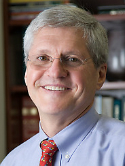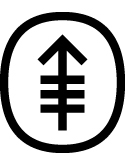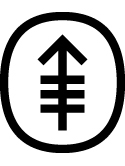| Abstract: |
Chloroquinoxaline sulfonamide (CQS) is a halogenated heterocyclic sulfanilamide identified by the in vitro human tumor colony-forming assay as an active agent in a variety of human solid tumors. In this phase I study, 182 courses of CQS were administered intravenously every 28 days to 88 patients at doses ranging from 18 to 4870 mg/m2. Hypoglycemia associated with hyperinsulinemia was the dose-limiting adverse effect at 4870 mg/m2. Supraventricular tachyarrhythmias were observed at doses >4000 mg/m2. Less common reactions included infusion site phlebitis, nausea, anemia, alopecia, perioral numbness, and diarrhea. Cumulative toxicity was not observed. Minor objective antitumor responses were noted in 7 patients; 6 of the 7 responses occurred in patients with non-small cell lung cancer. Results of pharmacokinetic studies were consistent with the preclinical observations that CQS is highly bound to plasma protein. Plasma elimination followed a two-compartment model; the mean t,/2a was 2.7 ± 0.3 h and the tVlB was 52 ± 6 h (± SE). The total body clearance and the volume of distribution at steady state of CQS both increased with the dose (distribution at steady state, 3.7-10.5 liter/m2; total body clearance, 53-264 ml/h/m2 for doses of 18-4060 mg/m2) and may reflect saturation of the protein binding and “free” drug clearance. Although inactive against common animal tumors in preclinical screening systems both in vitro and in vivo, CQS has demonstrated definite activity in the human tumor stem cell colony-forming assays, as well as modest anticancer activity in this phase I study in patients with advanced solid tumors. The pharmacokinetic results and the limiting effect of transient hypoglycemia suggest that considerably higher cumulative doses of CQS could be administered using a more frequent dosing schedule. © 1992, American Association for Cancer Research. All rights reserved. |






